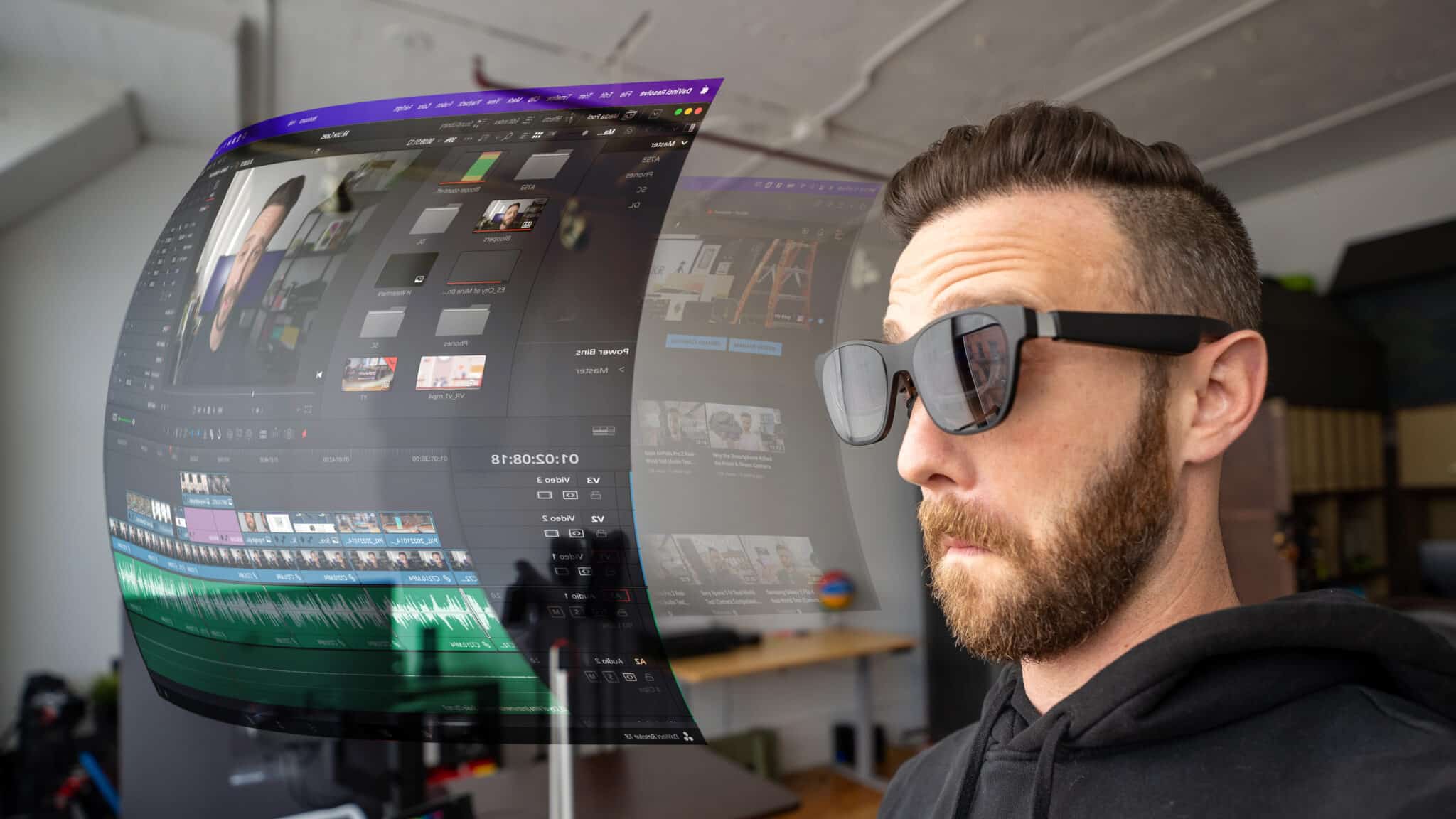Apple’s Ingenious iPhone Business Model
I heard a statistic yesterday that got me thinking. Did you know that a large percentage of iPhone 5 customers were iPhone 4S users? Now, let’s be honest, we can all be pretty confident that something like another 45 percent of those sales are coming from users of other iPhone models. How many of your friends with iPhones said at some point, well before the iPhone 5 was even announced for that matter, that they were so excited to get the new iPhone? Think about that. Before knowing the specs, design, hell even the name really, they were drooling in anticipation like a teenage girl waiting for the next Twilight movie; no idea of the final product just excited to see the familiar characters that they love unconditionally. Bravo, Apple and Mrs. Meyer, bravo.
What this and the statistic I mentioned before highlight isnt a bad thing, in fact, it’s something I am truly amazed at; Apples marketing power and their iPhone business model. By regularly launching a product each year, they can get the majority of their customers that bought the predecessor to that device a year ago, to by it yet again. Its a simple, yet ingenious recipe. Add just enough features to justify the upgrade, but not enough to jeopardize the upgrades they would like to add next year, launch it, advertise it, then repeat again the following year. Absolutely brilliant. Not sure what I’m on about, let me elaborate.
When Apple launches a new iPhone, they like to point out some of the major new features you’ll get that the new iPhone now has. The thing is, a lot of these new features are software due to the new version of iOS, the iPhone’s operating system. Because of that, they aren’t exclusive to the new iPhone, the previous model of iPhone also gets those new features (with the exception of Siri on the 4S, but I’ll explain something about that later). Want an example? Sure thing.
In the keynote about the iPhone 5, the new maps with Yelp integration and 3D buildings, passbook, panoramic picture taking, and upgrades to Siri were all shown, but all of those are included in iOS 6, which will be brought to the iPhone 4S as well. The only things mentioned at the keynote that were exclusive to the iPhone 5 were the bump in processing power, taller screen, slimmer design, the addition of LTE, and for the most part, that’s it.
Apple is so calculated about this, that in my opinion, they have used certain software to try and make up for lack of hardware upgrades. In the case of the iPhone 4S, the only real upgrades from the iPhone 4 were an increase in performance, a better camera, and Siri. I believe Apple figured that the better camera and performance weren’t quite enough to get users to go for the new phone by themselves, but with the addition of Siri? That might do it. There was a problem though, Siri is software, and just like any of the software features Apple adds, she could have technically been given to existing iPhone 4 users as well. Apple decided that that wouldn’t do. When they launched iOS 5, they announced that current iPhone 4 users would get all the new features in iOS 5, besides Siri, citing lack of hardware.
Let’s talk about Siri for a second. Siri was originally an app in the iOS App Store before Apple purchased the company that developed in on April 28th, 2010. It actually worked on the iPhone 4 before that, and after that was removed from the App Store and built in to iOS 5. Apple then launched the new iPhone 4S with it preinstalled and, even though iOS 5 was also given to iPhone 4 users and Siri had previously worked on iPhone 4’s, Apple refused to give Siri to those users, thereby forcing them to upgrade to the iPhone 4S if they wanted Siri.
Now, this may be starting to sound like a rant against Apple and nothing more, but au contraire. With the exception of the Siri debacle, I think it’s brilliant. Whether you love or hate Apple, you’d have to admit that it’s amazing how a company can, almost religiously, sell a product every year to the essentially the same customers and have that product account for more than 70% of their total revenue for that year.
I’m also not saying you shouldn’t buy Apple products cause they’re too calculated when selling them, etc. plenty of companies do these things and we still buy in to it all. I use a plethora of Google products for Christ’s sake and know very well the brilliance behind their data-mining and advertising schemes. I’m simply saying we should acknowledge these facts, bring them to light, and show the companies that we do understand the power their marketing and product development departments have over us in the same way are girlfriends need to know that we do understand their power over us, but we’ll watch the Notebook with them anyway. Just so they know that we’re doing it for them, out of love, even though we don’t like it.



Sony was the originator of planned obsolescense. Unlike Apple, which makes it work for all their products, Sony only could make their strategy work for TVs.
Oh I agree, Apple isn’t the inventor of this strategy, but I’ll be damned if they might have perfected it…